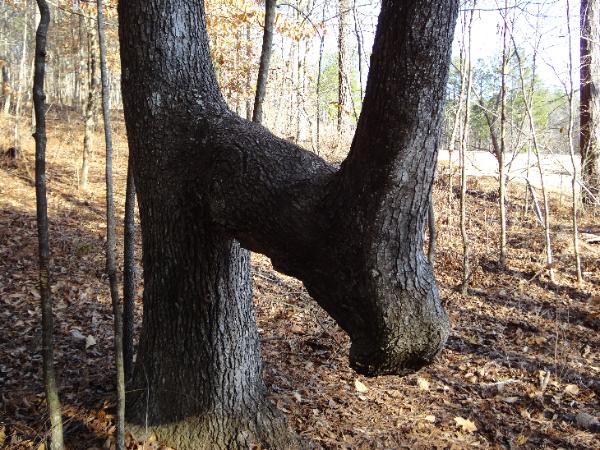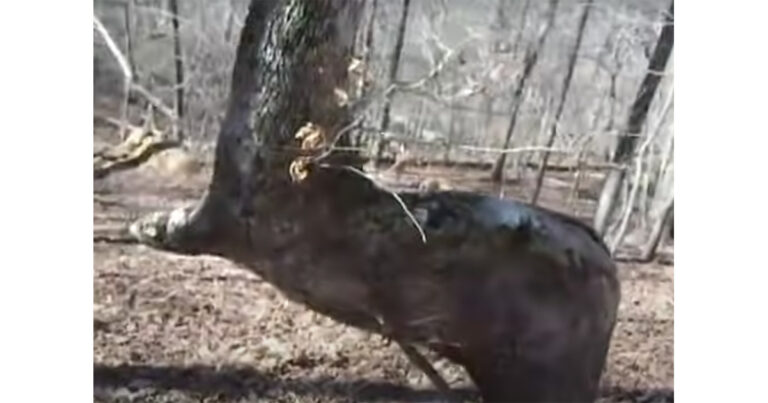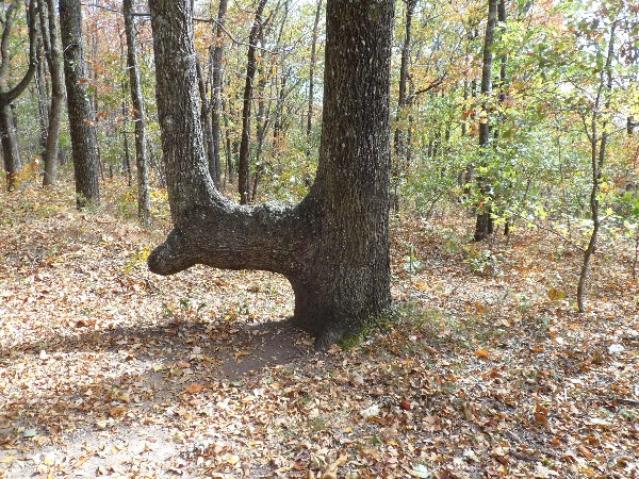Personally, I enjoy trading the constant buzz of screens for the peaceful serenity of a quiet forest whenever I get the chance. While not everyone is fortunate enough to have nature nearby, those who do can likely vouch for its benefits.
On one of my recent excursions, I came across a tree that immediately caught my attention. It appeared to be bent, but in a deliberate manner, as though someone had twisted it to give it a particular shape.
At first, I thought little of it and might have continued on my way without another thought. However, I soon encountered another tree with the same odd curve.
The peculiar sight lingered in my mind, prompting me to investigate when I got home. After a bit of research, I uncovered an explanation for the unusual form of these trees, which could be valuable for you to know…

Considering how dependent we are on technology these days, it stands to reason that most of us would be fairly lost if we were abandoned in the middle of nowhere without a map or phone to help us find our way.
Naturally, life used to be like that in the not-too-distant past, and as a result, people had to come up with creative ways to figure out where they were and, more crucially, how to get there.
This seems to be the cause of the strangely shaped trees that can be seen all over the United States. Many of them have unusual trunk bends or other noticeable kinks that make them impossible for onlookers to ignore.

Well, according to the American Forests website:
“There are peculiarly shaped trees all over the United States. Their trunks bend at strange angles or have peculiar kinks in them. The majority of these trees are in fact landmarks that assisted native people in finding their way, even though some of them may just be oddities of the natural world.
“To make permanent trail markers, Native Americans would bend young trees. These markers would indicate safe routes through rugged terrain and direct travelers to food, water, or other significant locations. The trees have grown over time, maintaining their original shape, but as modern life has sprung up around them, their purpose has all but vanished.
To distinguish trees with artificial kinks from those that just grew at unusual angles according to Mother Nature’s design, the Native Americans apparently had a habit of adding a noticeable nose, or notch, protruding at the end of the bend (as seen in the figure below).

According to sources, another minor characteristic that distinguishes man-made bent trees is that they have scars where straps were placed during the tree’s early years (a procedure that is a component of bending).
Although their numbers are still declining due to deforestation, many of the bent trees that remain today are believed to be at least 150–200 years old.

